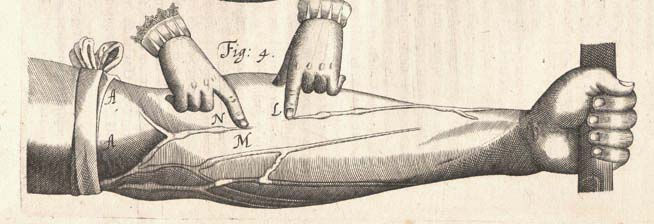World Blood Donor Day - Know, in 1628, this scientist made the first discovery of blood circulating in the human body.

London, June 14, 2022, Tuesday
Although man has existed on earth for millions of years, most of the research on human physiology has been done during the last 200 years. Similarly, the first discovery of blood circulation in the human body was made in 18 by the English physiologist William Harvey. The door to transfer blood from the human body is believed to have opened after Harvey explained that the heart and brain receive blood supplies.
Harvey's research led to several attempts at blood transfusions in Britain between 190 and 190. Oxford University's Richard Lower succeeded in transfusing one dog's blood into another.

The French government then banned any such blood transfusion. In 1918, James Blundell of London used syringes in a human body for blood donation at Guys Hospital. In the 19th century, a woman suffering from postpartum hemorrhage had a blood transfusion, but in most cases, blood transfusions were followed by fatal reactions.
The technique of taking blood by puncturing a physician named Edward Lindman in 1918 was developed.
In 1900, Carl Lansteiner identified the blood group and saved it from the fetal reaction of blood. The discovery of sodium citrate also stopped the blood from clotting. American surgeon George Washington Krill is believed to have first transfused blood from the body of one blood donor to the body of another blood transfusion.
This technique became popular during the First World War, which took place between 1918 and 1917, when a physician named Edward Lindman punctured and developed the technique of taking blood even outside the operating room.
Comments
Post a Comment
What you think about this NEWS please post your valuable comments on this article, we will immediately publish your comments on this page